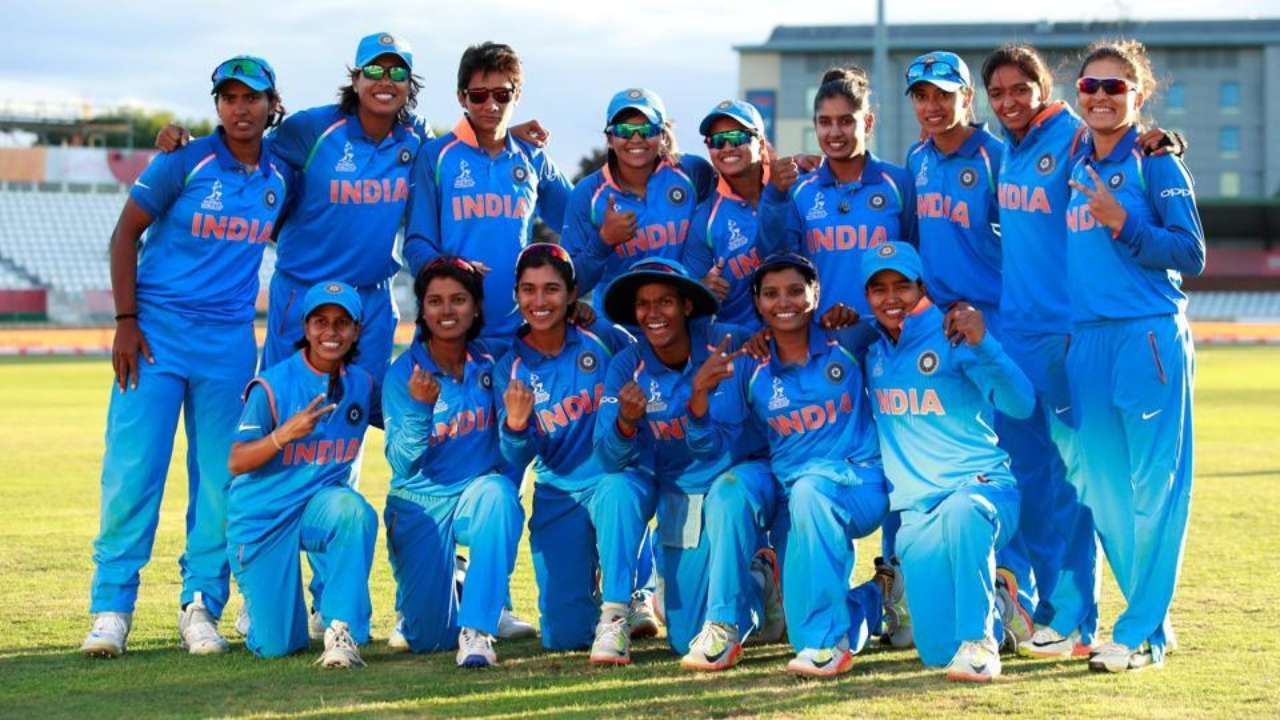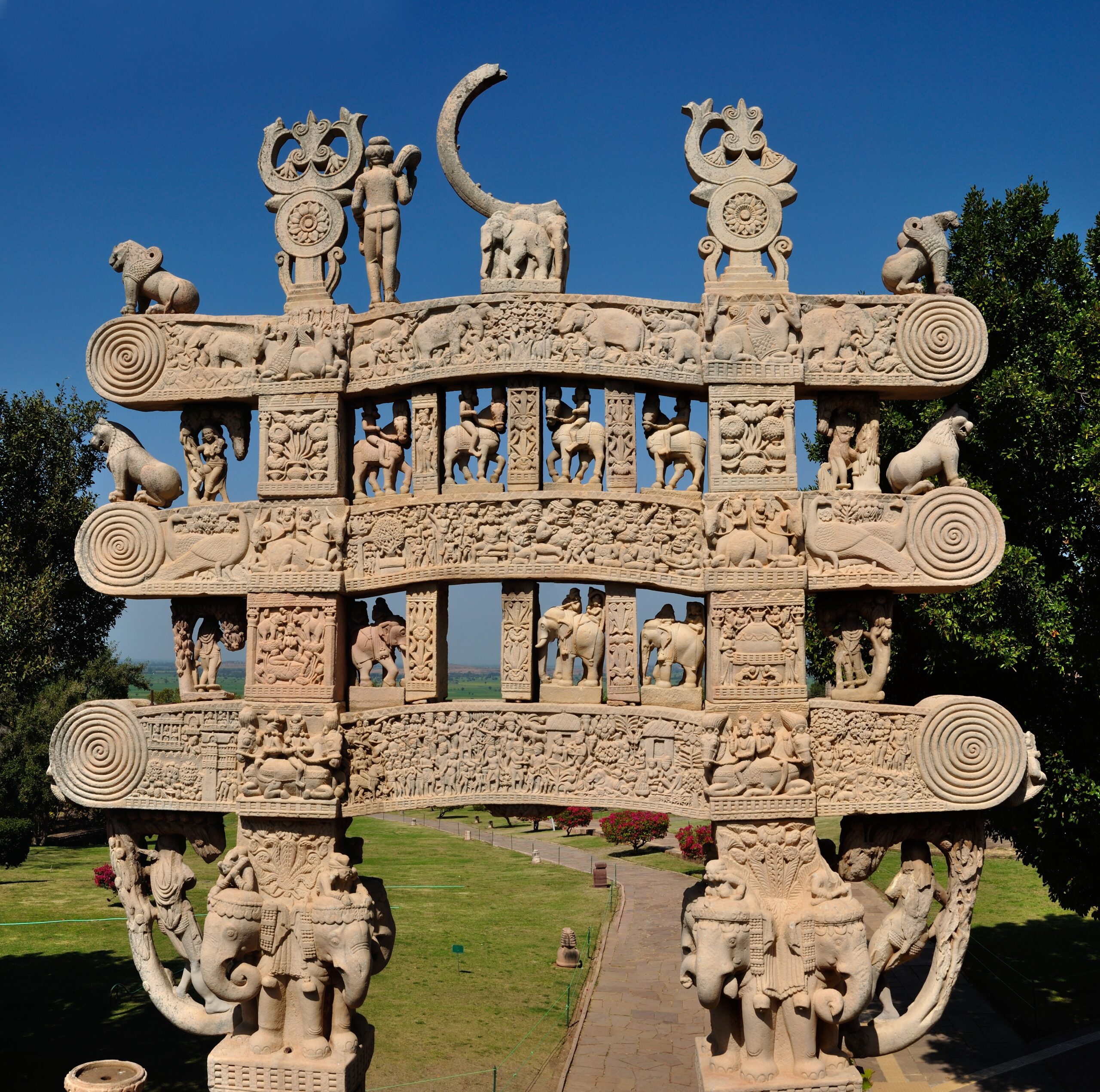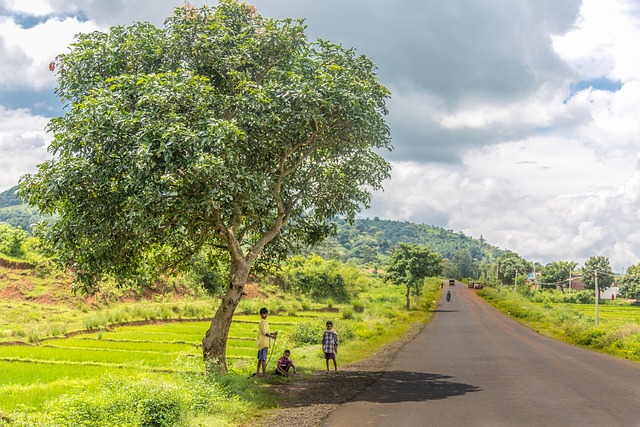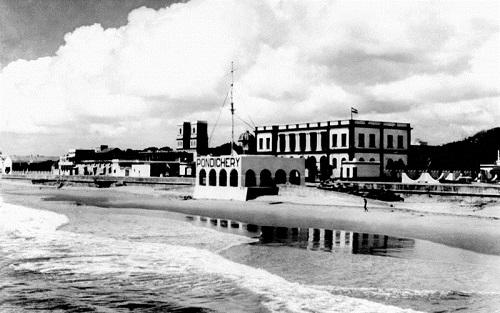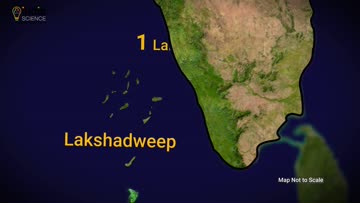Goa, located on the western coast of India, has a rich history dating back to ancient times. The area was originally settled by the Kadamba dynasty in the 3rd century AD. In the 6th century, Goa came under the rule of the Chalukya dynasty, and later the Rashtrakutas and the Kadambas. The region was then ruled by a succession of Hindu and Muslim dynasties until the arrival of the Portuguese in the 16th century. The Portuguese established their colonial rule over Goa and held it for over four centuries, until it was liberated by the Indian Army in 1961. During this time, Goa developed a unique blend of Indian and Portuguese culture, which is evident in its architecture, cuisine, and festivals.
The Kadambas were known for their impressive architectural achievements, including the building of temples and forts.
In the 6th century, Goa came under the rule of the Chalukya dynasty, which was known for its patronage of art and culture. The Chalukyas built several temples in Goa, many of which still stand today and are considered architectural masterpieces.
After the Chalukyas, Goa was ruled by the Rashtrakutas and the Kadambas. The Rashtrakutas were a powerful dynasty that ruled a large portion of India and promoted the growth of the arts, literature and architecture.
In the 12th century, Goa came under the rule of the Muslim kingdoms of the Deccan. The Muslim rulers were followed by the Vijayanagara Empire, which controlled Goa from the 14th to the 16th century.
In 1510, the Portuguese arrived in Goa and established their colonial rule over the region. The Portuguese held Goa for over four centuries, during which time they built many churches, convents and other architectural structures that still stand today. They also introduced new crops, such as cashews and pineapples, and new customs, such as the celebration of Carnival.
During the colonial period, Goa developed a unique blend of Indian and Portuguese culture, which is evident in its architecture, cuisine, and festivals. The Portuguese also brought with them their own religion, Christianity, and many Goans converted to the religion.
In 1961, the Indian Army liberated Goa from Portuguese rule, and it was officially annexed by India. Since then, Goa has developed into one of the most popular tourist destinations in India, known for its beautiful beaches, rich history, and unique culture.
Today, Goa is known for its rich cultural heritage and diverse traditions that are an interesting mix of Indian and Portuguese influences. The state has also developed a reputation for being a popular tourist destination that offers a wide range of activities such as beaches, water sports, heritage, and cultural tourism.
About:
Goa is a state located on the west coast of India, known for its beaches, historical landmarks, and vibrant culture. The capital of Goa is Panaji (Panjim). Goa is a popular tourist destination in India, known for its sandy beaches and scenic beauty. Some of the popular beaches in Goa include Anjuna, Baga, Colva, and Calangute.
Goa is also known for its historical landmarks, such as the 17th-century churches and cathedrals, including the Basilica of Bom Jesus and the Church of St. Francis of Assisi. The state is also home to the Goa State Museum, which has a collection of artifacts and artworks that showcase the state’s rich cultural heritage.
Other places to visit in Goa include the Dudhsagar Waterfall, which is located in the Western Ghats, the Salim Ali Bird Sanctuary, which is home to a wide variety of bird species, and the Arvalem Caves, which are ancient rock-cut caves believed to be from the 6th century AD.
Goa is also known for its nightlife, with many clubs, bars, and restaurants that offer a wide range of entertainment options. Goa is also famous for its seafood and local cuisine, which is a blend of Indian and Portuguese flavors.
